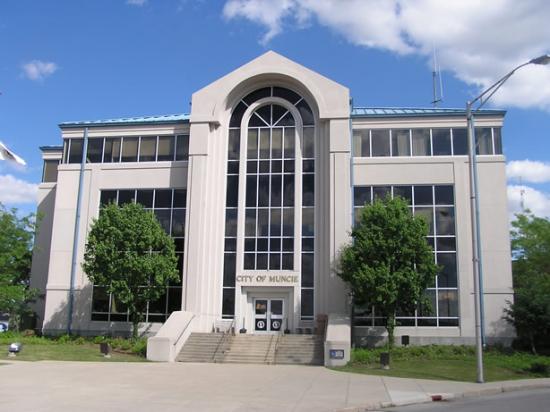
Moving to Muncie, Indiana: A Comprehensive Relocation Guide
Considering moving to Muncie, Indiana? This east-central Indiana city of approximately 65,000 residents offers college town character and affordable living. Here’s your comprehensive guide to relocating to Muncie in 2025.
Demographic Profile to Consider If Moving to Muncie:
Muncie, the Delaware County seat, serves as east-central Indiana’s largest city. The population includes Ball State University’s approximately 20,000 students alongside permanent residents, creating college-town dynamics. The White River flows through Muncie, providing recreational corridor and defining city geography. Muncie gained fame through sociological studies beginning in the 1920s examining typical American life. The city developed as manufacturing center, particularly glass production and automotive components. Recent years show population stabilization after decades of decline, with four consecutive years of growth through 2024. Neighborhoods range from historic districts surrounding Ball State to suburban developments. Find trusted local services for moving, living, and working in Muncie.Muncie Relocation Directory
Cost of Living to Consider If Moving to Muncie:
Muncie offers exceptional affordability among Indiana cities. Housing costs remain very accessible, providing homeownership opportunities well below state and national averages. The poverty rate reflects economic challenges, yet living expenses support comfortable lifestyles for working and middle-class families. Property taxes and utilities remain low. The combination of college-town amenities, accessible housing, and small-city character makes Muncie attractive for families, retirees, students, and remote workers. Recent initiatives recruit remote workers through incentive programs. Cost of living provides significant value for those seeking affordability with urban conveniences.
Economy and Job Market:
Muncie’s economy includes education, healthcare, manufacturing, and service sectors. Ball State University serves as largest employer, driving significant economic activity. IU Health Ball Memorial Hospital and other healthcare facilities employ thousands. Manufacturing maintains presence in automotive components and industrial products. Retail and service sectors support local economy. The city works to diversify beyond traditional manufacturing dependence and leverage university assets. Recent economic development includes downtown revitalization, attracting remote workers, and supporting entrepreneurship. Unemployment rates have improved. The economy reflects college town adapting to post-industrial reality while building new strengths.
Education:
Muncie Community Schools serves city students through elementary schools, middle schools, and Muncie Central High School. The district faces urban school challenges including funding and achievement gaps. Ball State University provides comprehensive higher education with strong teacher preparation, telecommunications, architecture, and liberal arts programs. The university enriches community life through cultural events, athletics, and economic impact. Ivy Tech Community College serves regional students. Educational infrastructure benefits from university presence while working to improve K-12 outcomes. The combination of public schools and major university creates educational opportunities.
Recreation and Lifestyle:
The White River Greenway provides extensive trails for walking, running, and cycling. Minnetrista cultural center offers gardens, museums, and community events. Ball State athletics, particularly basketball and football, engage community. The Muncie Civic Theatre produces performances year-round. Downtown features local restaurants, breweries, and arts venues. Tuhey Park and McCulloch Park support outdoor recreation. Prairie Creek Reservoir offers fishing and water activities. The Muncie Children’s Museum serves families. Ball State brings concerts, lectures, and cultural programming. The community maintains small-city character enriched by university resources.
Healthcare and Services:
IU Health Ball Memorial Hospital provides comprehensive healthcare including emergency services, trauma care, cardiac services, and specialty medicine. The hospital’s teaching affiliation supports medical education and quality care. Additional healthcare facilities and primary care networks serve Delaware County. Healthcare access ensures quality medical services for residents. The sector employs significant workforce while supporting regional health needs. Medical infrastructure meets community standards while benefiting from IU Health system resources.
Transportation:
State Road 332 (McGalliard Road) and State Road 67 provide main arteries through Muncie. Interstate 69 lies west of the city, connecting to Indianapolis and Fort Wayne. Muncie Indiana Transit System (MITS) operates fixed-route bus service throughout the city. MITS provides public transportation serving Muncie residents including free rides for students and veterans. Delaware County Regional Airport serves general aviation. The highway network connects to Indianapolis approximately 60 miles southwest. Transportation infrastructure supports regional access and student mobility throughout Ball State campus and community.
Conclusion:
Moving to Muncie in 2025 provides affordable college-town living in east-central Indiana with Ball State University enriching community character. The combination of exceptional housing affordability, university amenities, improving economy, and small-city quality of life makes Muncie appealing for families, remote workers, and those seeking value with educational and cultural opportunities in Delaware County’s largest city.

